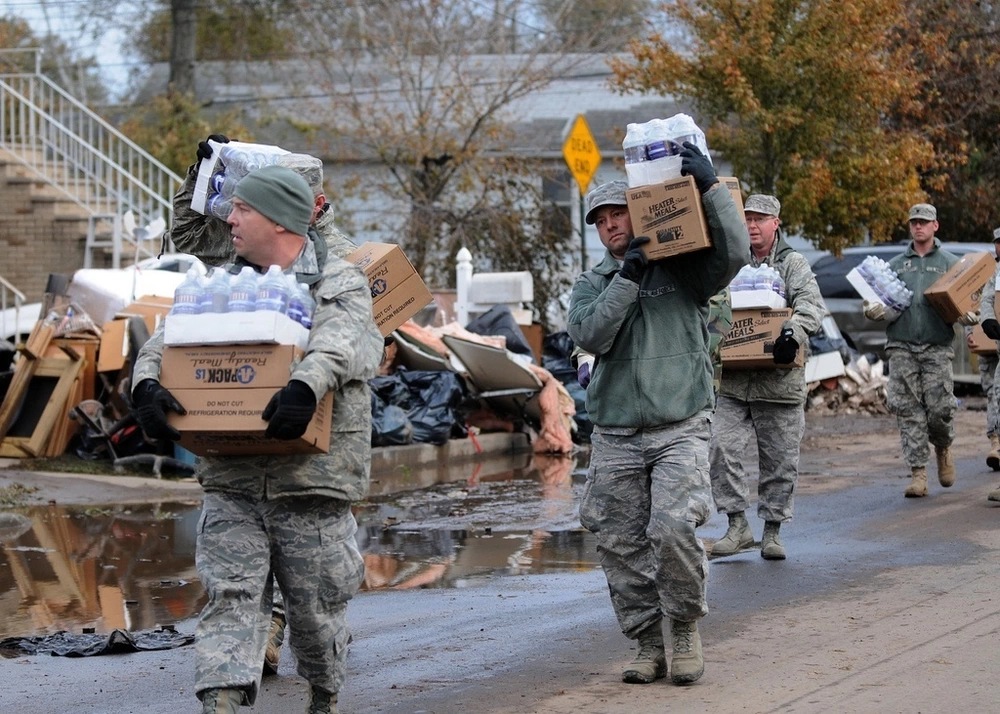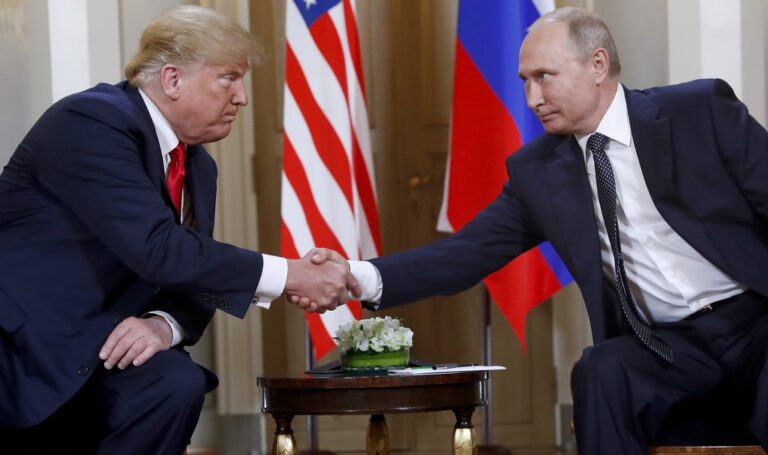
Despite spending $882 billion on national security annually, the United States is still grappling with a raging national security crisis. Our system, outdated from the Cold War, is disjointed, ineffective, and inefficient. It targets the incorrect issues, ignoring the most pressing threat facing Americans: climate change.
The national security system never evolved past its primitive Cold War structure, based on military power veiled in a thin layer of diplomacy. It is a structure built on numerous executive departments — including the Department of Defense, Department of State, and Department of Energy — and an intelligence community spanning 18 agencies. Moreover, there is no cohesive plan to elevate a national mission above department mandates, nor a clear, centralized definition of national security. There is also a lack of cooperation in national security missions, with representatives of each department or agency unwilling to compromise on their department goals in the name of a national mission.
The national security system is not set up to address the current crises affecting the United States. Despite an extensive 2015 White House report on the national security implications of climate change, which documented issues ranging from scarcity to infrastructure damage to global instability, climate change has yet to become a top priority in subsequent administrations.
Climate change has unfathomable implications for our nation and our world. Rising sea levels threaten coastal communities, erode critical infrastructure — including airports, ports, railways, roads, and military bases —, and endanger both economic and national security. Moreover, it threatens our energy security, making energy production more challenging and the population more dependable on it. Extreme weather events like heat waves, floods, hurricanes, and wildfires have become increasingly frequent and intense, disrupting agriculture, exacerbating food and water shortages, and straining energy production. These disasters drive up costs, destabilize communities, and compromise readiness in times of crisis, threatening both civilian lives and critical infrastructure.
Beyond domestic concerns, climate change acts as a “threat multiplier” globally, exacerbating existing tensions and fostering instability. It fuels resource conflicts, drives mass migrations, and creates conditions ripe for terrorist activities.
Research has shown that even a slight increase in global temperatures correlates with a rise in violent conflicts. The 2007 Darfur conflict was infamously called the “first climate change conflict” by the UN Secretary-General at the time, Ban Ki-Moon, linking drought and desertification to violent upheaval. Similarly, Syria’s civil war highlights how resource scarcity can empower violent actors who control dwindling supplies.
Furthermore, climate change disproportionately affects vulnerable populations, worsening existing social inequalities and providing extremist groups with opportunities to exploit grievances to fuel recruitment and radicalization. As climate-induced conflicts spread across the globe, they further strain global security, diverting resources from traditional security threats and making international peace increasingly difficult to maintain.
Yet, the U.S. continues to ignore climate change as an imminent security threat. This failure leaves us vulnerable, undermines our global leadership, and weakens our influence. By clinging to outdated security strategies focused on traditional threats and relying on military might, we ignore the danger directly threatening American lives.
To course-correct, we need a comprehensive overhaul of our national security framework, with political resistance as the first major hurdle. National security — especially military spending — remains a contentious issue, with bipartisan consensus still fixated on traditional military threats. To shift this narrative, we must highlight how climate change affects military readiness, infrastructure, and supply chains, framing climate adaptation as a national defense priority rather than a mere environmental concern.
The second challenge is fragmentation, with departments and agencies pursuing separate agendas. To unify the national security apparatus, the U.S. must adopt a mission that transcends departmental interests. It must prioritize the protection of citizens, safeguard democratic institutions, uphold the rule of law, promote economic stability, defend human rights, and strengthen resilience against evolving threats. Cross-functional teams should integrate climate adaptation and mitigation strategies across all security sectors, encouraging collaboration over isolated decision-making.
Breaking down these silos further requires an interagency body dedicated to coordinating climate-related security concerns, similar to the role of the National Security Council for foreign policy. This body would ensure climate considerations are embedded in all national security initiatives. Additionally, climate-specific task forces within agencies like the Department of Defense and Homeland Security could streamline climate integration into operational strategies. A unified approach will strengthen the U.S.’s ability to effectively respond to emerging threats.
Finally, this unified mission must confront immediate challenges. The government should invest in resilient infrastructure, renewable energy, and emergency response systems to better withstand and recover from climate-induced disasters. On the global stage, the U.S. must lead diplomatic efforts, leveraging treaties and alliances to mitigate global risks, safeguard institutions, and defend human rights against climate-driven instability. Only through a coordinated, global effort can the U.S. and the world mitigate the long-term impacts of climate change and secure a stable, prosperous future.
The United States has long prided itself on global leadership. But in failing to address the climate crisis, we are not leading — we are falling behind. To secure our future, protect American lives, and maintain our influence on the world stage, we must redefine national security priorities. To effectively tackle this crisis, we need to overhaul our national security framework, placing climate change at its core and aligning our strategies with the realities of the 21st century. Climate change isn’t a distant threat — it’s here, it’s now, and it’s endangering everything we stand for.
The Zeitgeist aims to publish ideas worth discussing. The views presented are solely those of the writer and do not necessarily reflect the views of the editorial board.



